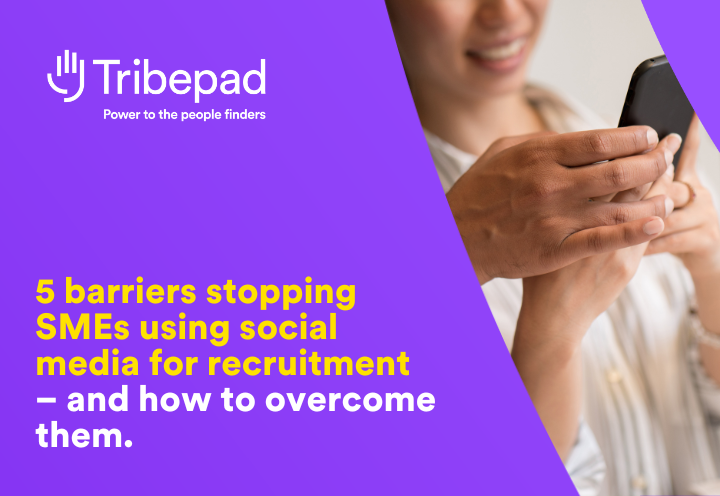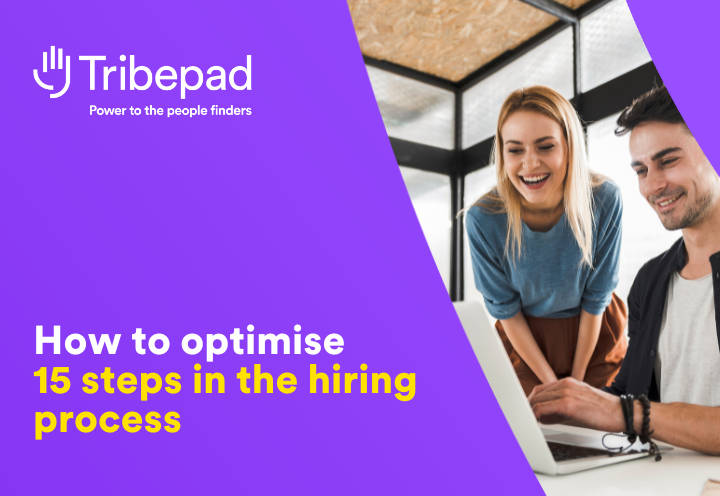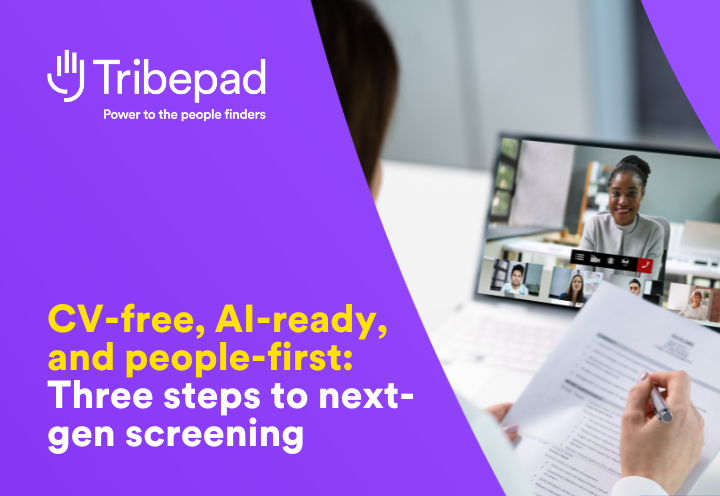Candidate assessments and questionnaires give you richer insight into your candidate pool, without much extra time commitment.
Including assessments in your recruitment process empowers you to take a data-driven approach to recruitment – ultimately to make better hiring decisions, faster.
Let’s dig into the eight biggest benefits of pre-employment testing.
1 – Make more confident decisions, to hire faster
Recruitment is like the game show Catchphrase. As the clock ticks, more of each candidate is revealed until you can see enough to make a decision. Like Catchphrase, you’ll be rewarded for making decisions faster – but those decisions are also more likely to be wrong.
Introducing candidate assessments means you reveal more of the tiles earlier, so you can see the bigger picture earlier and make better decisions. They increase your confidence and certainty about which candidates you’re progressing or rejecting, so you get the right people into roles faster.
(And that, in turn, means you can give all applicants closure faster – crucial to ending ghosting…)
Read more: Tactics to accelerate time-to-hire
2 – Better understand organisation- and team-fit
There’s a reason 89% of the Fortune100 use the Myers-Briggs personality questionnaire in the workplace, and why the workplace personality assessments market is valued upwards of £2Bn.
Assessments can be invaluable to help understand how to unlock the best from people. Gathering some data like this during screening can help managers understand how someone might fit into their team and management style.
Crucially, it can also help you spot candidates who mightn’t have good team-fit but who’d be great for your organisation. So you can either place them into another role or nurture them for the future.
This holistic, organisation-led view is the future of hiring, helping
battle skills shortages and ensure you prioritise great people instead of open roles.
3 – Improve fairness
Assessments and questionnaires are a fairer way to assess candidates, because they’re consistent. Inconsistency is inherently unfair.
Pre-prepping a questionnaire or assessment allows you time and space to ensure you’re mitigating bias, using inclusive language, and evaluating candidates based on fair criteria.
No matter how much ED&I training you offer your recruiters and hiring managers, the real-time interview situation has many more variables that could introduce bias. Relying on real-time assessments alone means your process is more likely unfair.
4 – Track your diversity flow into the business
A poll at the IHR Virtual Leaders Conference showed diversity reporting was the top priority for 19% of recruiters – but you can’t report on what you don’t collect.
It isn’t an ‘assessment’ per se but including diversity questionnaires during pre-screening is critical to understanding how applicants move through your process. That’s how you highlight bottlenecks and drive targeted improvement.
Read more: Top 3 recruitment reports your team must be running
Diversity reporting is hugely important for everyone I work with. But you can’t report on what you haven’t collected. If you want to understand diversity in your recruitment process, that must start with collecting diversity data from applicants. Then you can track how diversity flows through and into the business.
5 – Improve quality-of-hire
Candidate assessments and questionnaires can be a fantastic predictor of job performance, both technical and interpersonal. Many are built with support from occupational psychologists to ensure you’re getting truly valuable data. Data that’s precisely tailored to your specific job needs and organisation.
Making data-backed hiring decisions can translate into faster time-to-productivity and greater productivity, happier hiring managers and longer-tenure employees who contribute more to your culture.
In essence, candidate assessments can help you spot those rare high performers who’ll have an instant impact on the business. And a halo effect on the people around them too.
Read more: 31 practical ways to improve quality-of-hire
6 – Protect against the cost of a bad hire
As well as improving quality-of-hire, data-driven assessment also protects your business from the cost of a bad hire.
Estimates here vary wildly – take Zappos’ CEO’s famous claim that bad hires cost the company over $100M, for example – and many costs are hard to quantify. But whatever the exact cost, it’s too much:
- Time, energy, and productivity lost managing poor performance
- Impact of poor work on clients, customers, and colleagues
- Wasted agency fees; possible severance pay
- Additional recruitment, onboarding, and training costs to rehire
- Time and productivity lost while you rehire and retrain
- Damage to your employer brand and reputation
- Team morale and culture erosion; declining performance
Recruiters’ and managers’ opinions alone aren’t a reliable indicator of hire quality – you’ve almost certainly had the experience of hiring someone who seemed perfect, only for them not to work out a few months later.
Candidate assessments and questionnaires give you the data to inform better hiring decisions – and avoid costly ones.
7 – Defend your hiring decisions
Like you’re back in the maths classroom, sometimes it’s important to show your working. Including assessments makes bad hiring decisions much less likely but mistakes still happen.
If a hire does go bad, data-driven hiring decisions are much more defensible than gut feel. It’s a question of maintaining recruitment’s credibility, to gain authority as a strategic partner to the business.
8 – Improve the candidate experience
Today’s pre-employment testing options are hugely varied, from in-depth classic assessments to short, fun, game-based assessments. (Here’s a list of some common test types, from SHRM.)
Different testing styles suit different needs – assessing technical skills versus understanding decision-making, for instance – but most providers today have worked hard to create fast, engaging, and modern interfaces, however much detail you’re collecting.
Online quizzes and questionnaires have long been a mainstay of consumer marketing – 81% of marketers believe this interactive content is more engaging then static content, Content Marketing Institute say.
The same principle applies to recruitment, empowering recruiters with more insight while increasing candidate engagement.
Read more: 7 real-world tactics to improve candidate experience
Tribepad’s talent acquisition platform empowers you to easily add pre-built or custom questionnaires into your recruitment process. Or we also have a robust ecosystem of assessment partners, which you can check out here.
Tribepad is the trusted tech ally to smart(er) recruiters everywhere. Combining ATS, CRM, Video Interviewing, and Onboarding, our talent acquisition software is a springboard for faster, fairer, better recruitment for everyone.
Trusted by organisations like the BBC, Tesco, NHS Professionals, and Subway, 25-million people in 16 languages use Tribepad.




